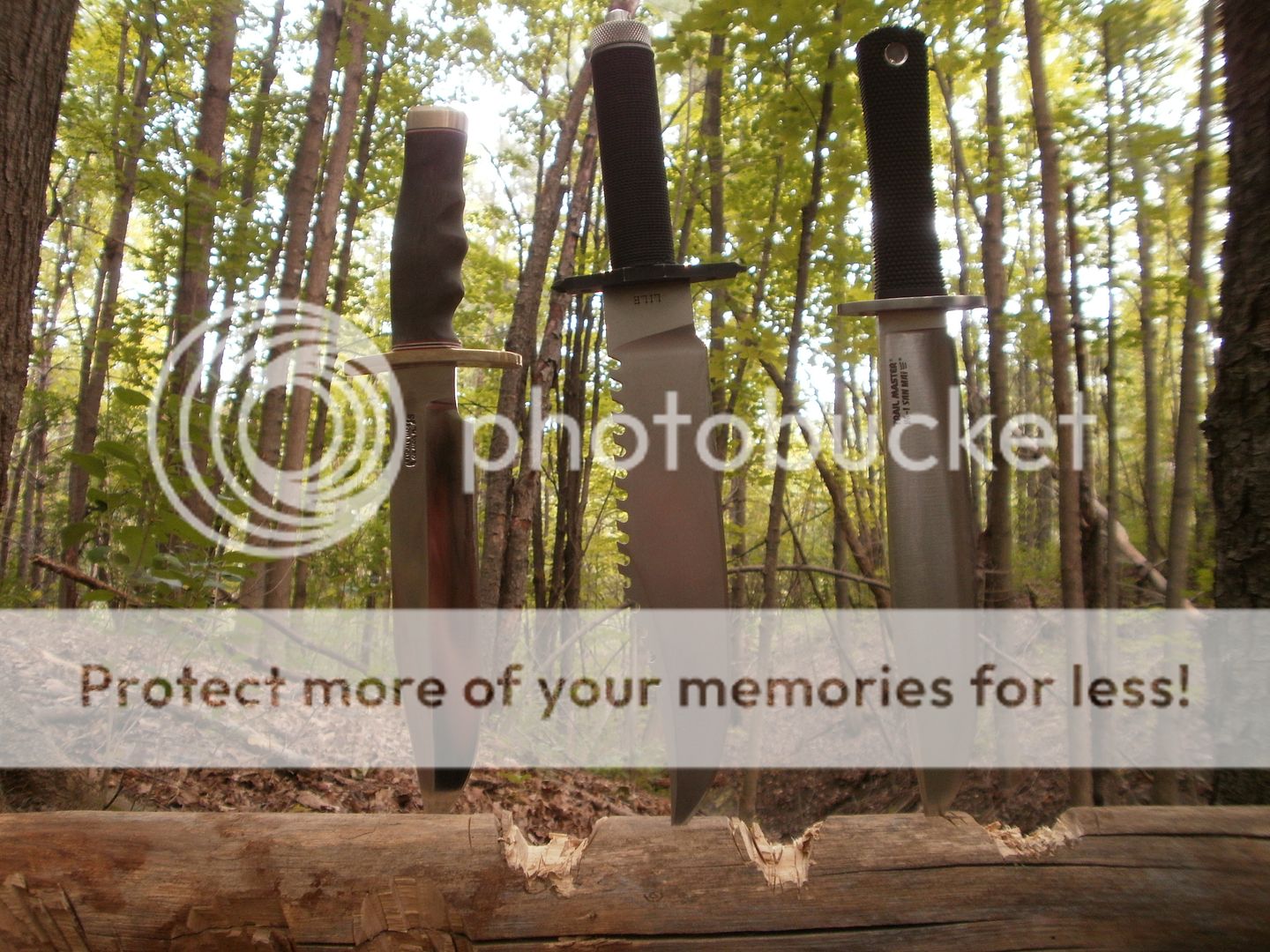- Joined
- Nov 20, 2005
- Messages
- 19,385
Originally Posted by knarfeng: leave as little trace of your passage as possible so that the next person could enjoy the scenery as much as you did.
I agree with that. Rules and laws always seem to take into account a worst case situation and when it comes to back woods areas. There are no policeman other than potentially other hikers out there policing policies. I don't want to get into a fight along the trail with someone who does something a little different than my approach. I think if most people would simply pay attention a little and think about leaving the area or a camp site like you found it generally, you're fine. Spreading the ashes out or burying them is certainly a reasonable thing to do, but like everything else, it is a matter of degree as just spreading them out eventually creates an unsightly place. Keeping the ashes confined to the "fire ring" is a reasonable approach. Include some trash, used toilet paper or similar close by and you have a potential mess. If you have a fire, burn your TP. Carry out cans, bags, and packets that don't burn. I view it as a "sierra club" argument versus ghetto argument. I don't support the Sierra Club or Greens Peace as I think they are a bit over the edge, but I do support the Nature Conservancy.
So do big knives have a place out in these public lands or remote areas? I think so if you are willing to carry them. But that does not include chopping down a bunch of trees just for the fun of it.
Last edited:





